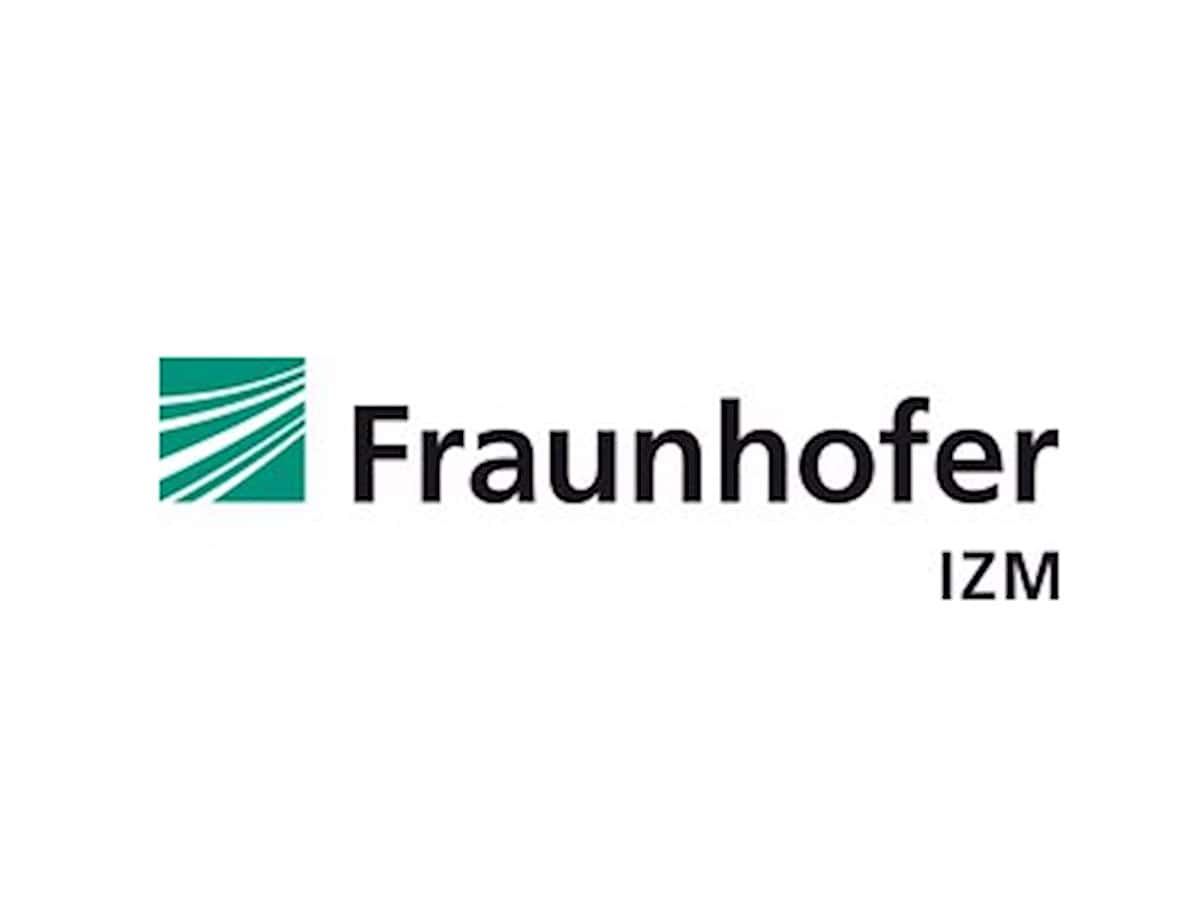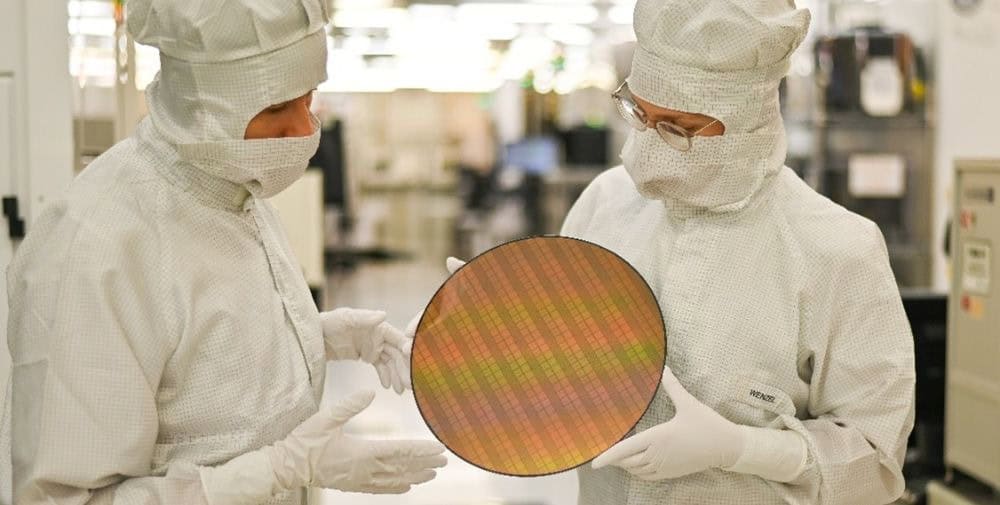
From technology concept to industrial platform
With the establishment of its Saxon branch in 2010, Fraunhofer IZM, on the initiative of Prof. Herbert Reichl, created Germany’s first 300 mm research infrastructure with an industrial-grade cleanroom environment, especially for 3D integration. A unique research campus for future technologies was thus created in the heart of Silicon Saxony. Supported by the Federal Ministry of Education and Research (BMBF), the Free State of Saxony, the EU Commission and the Fraunhofer-Gesellschaft, a place has been created where basic research is directly translated into industrial applicability.
Technological milestones for a networked world
Numerous technological breakthroughs have been achieved in the last 15 years. Early on, Fraunhofer IZM-ASSID developed processes for through-silicon vias (TSV), multilayer redistribution layers and high-yield chip stacking. Today, the institute is working on high-precision hybrid bonding, which is indispensable for modern chiplet architectures and quantum computers.
A tangible example is the use of silicon interposers with integrated liquid cooling for the thermal stabilization of high-performance processors – an approach that is used in data centers as well as in mobile devices or future autonomous vehicles. The miniaturization of sensor platforms for medical implants, such as neuronal stimulators, has also been decisively advanced here.
CEASAX and APECS: Two key projects for Europe’s technological strength
In 2024, the Center for Advanced CMOS and Heterointegration Saxony (CEASAX) was founded together with Fraunhofer IPMS. It bundles the entire 300 mm microelectronics value chain – from design to testing – under one roof. The new 4,000 m² cleanroom complex in Dresden creates ideal conditions for research into neuromorphic architectures, quantum integration and edge AI.
Parallel to this, Fraunhofer IZM-ASSID is a key player in the APECS pilot line (Advanced Packaging and Heterogeneous Integration for Electronic Components and Systems), a core project of the EU Chips Act. Dr. Manuela Junghähnel, site manager in Moritzburg: “Technologies for chiplets are being developed here that offer new degrees of freedom in terms of performance, sustainability and costs thanks to their modular design. The one-stop-shop approach of the APECS pilot line gives medium-sized companies in particular access to state-of-the-art microelectronics production – from prototype development to pre-series production.”
International cooperation, strong networks
As an active member of Silicon Saxony e.V. and partner of the Research Fab Microelectronics Germany (FMD), Fraunhofer IZM-ASSID is excellently networked – both regionally and internationally. Strategic cooperations exist with GlobalFoundries, Infineon Technologies, Siemens, NXP, imec and the CEA-Leti, among others. The connection to TU Dresden, including through the professorship “Nanomaterials for Electronics Packaging” held by Prof. Juliana Panchenko, also ensures a close exchange between university teaching and application-oriented research.
Prof. Holger Hanselka, President of the Fraunhofer-Gesellschaft, says: “The involvement of Fraunhofer IZM-ASSID in the APECS pilot line contributes significantly to the central role that the Fraunhofer-Gesellschaft plays in the implementation of large-scale digital projects with a focus on Germany’s and Europe’s innovative strength. CEASAX, in turn, bundles Fraunhofer strengths in microelectronics research, offers ideal conditions for research on digital topics of the future and is thus a decisive building block for the technological resilience of our country. Congratulations to Fraunhofer IZM-ASSID on 15 years of research at the technology hub Dresden!”
– – – – – –
Further links
👉 www.izm.fraunhofer.de
Photo: Sylvia Wolf | Fraunhofer IZM




